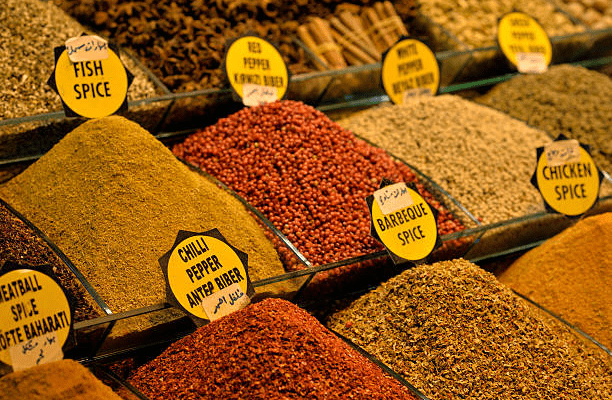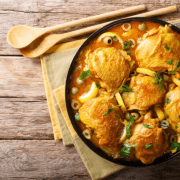India’s North-East is a storehouse of exotic flavours and smells, but the spices from this region are not very well known. However, what makes Northeast Indian spice different from the rest of India? This blog will delve deep into the world of north-east Indian spices to understand their influence on modern Indian cuisine.

Why should we explore North-East India’s spices?
North-East India is renowned for its breath-taking landscapes and diverse cultures, but its culinary heritage, including spice usage, is equally incredible. These are not just any other ingredients; they represent the biodiversity of this land, the traditions of their tribal societies, and a blend of influences that have come from neighbouring countries such as Myanmar, Bhutan, and China.
Discovering new tastes and cooking techniques by exploring North-eastern Indian spices could go a wonderful length in reinventing one’s cuisine skills. Whether it is Assam’s blazing Bhut Jolokia or Meghalaya’s fragrantly aromatic Lakadong Turmeric, these types of spices lend a distinct flavour that is elusive elsewhere.
What are some of these exotic spices, and how are they used in traditional North-East Indian cooking?
Bhut Jolokia, also known as Ghost Pepper, originates from Assam, a region renowned for producing some of the world’s hottest chilli peppers. We sparingly use it in dishes like curries and pickles to ensure a long-lasting aftertaste. But it also has a smoky flavour, which makes it absolutely unique, in addition to the heat.
Lakadong Turmeric is sourced from hills in Meghalaya and contains a high amount of curcumin, giving it a deep yellow colour and powerful health benefits. In traditional recipes for curries and stews, this turmeric gives them an intense colour along with a slightly earthy taste.
Mishing Tenga (Sour Herbs): The Mishing tribe in Assam are the originators of Tenga, which is a name to describe several sour herbs used in fish curries. These herbs bring out the tartness in their dishes, balancing the richness of other ingredients.
Although it is not indigenous to India, Sichuan pepper has found its way into North-Eastern Indian kitchens, especially those of Sikkim and Arunachal Pradesh. It has a certain citrusy flavour with a numbing feeling that adds a distinctive taste to the region’s meat and noodle dishes.
These are just a handful of the numerous Northeast Indian spices awaiting exploration. So how might these spices influence our cooking and eating, especially in a city like Bangalore?
How can North-East Indian spices enhance modern cooking?
Incorporating North-East Indian spices into modern cooking means more than simply experimenting with new flavours; it’s about embracing culinary traditions rich in heritage and culture. They can make ordinary meals seem richer, adding depth and intricacy to them.
For example, imagine dropping some Lakadong turmeric into your normal dal or sprinkling Sichuan pepper on a grilled steak. Thus, one not only gets a tasty meal but also connects to an amazingly diverse cuisine from India’s Northeast.
In Bangalore, a city known for its cosmopolitan food culture, these spices are beginning to take off. High-end restaurants and home kitchens alike are honouring and assimilating North-East Indian flavours to suit the tastes of modern times. However, where in Bangalore can you find these spices, and how do you use them while cooking?
Where can you find north-east Indian spices in Bangalore?
Bangalore has a vibrant food scene that presents various opportunities for discovering the taste of Northeast India. You could sample these unique spices by visiting ethnic grocery stores or dining at a restaurant that specialises in regional cuisine.
However, it is not easy to find places where one can buy or taste such spices. This is what the HOGR app can help with. Using the HOGR app, you will be able to discover some of the best spots in Bangalore where you can buy original North East Indian spices or eat dishes showing their powerful flavours.
The HOGR app will guide both the advanced user and the experimental gourmet, ensuring they don’t miss anything about North-East Indian culinary treasures.
Conclusion: Why should you embrace North-East Indian spices in your kitchen?

Northeast India’s world of spices is huge and colourful, with a rich variety of flavours. When you introduce these into your kitchen, you aren’t just giving your meals an exciting new twist; rather, it’s an opportunity to honour a cultural heritage that deserves more recognition across India.
Therefore, if you are required to change your usual tastes, consider switching to north-east Indian flavours when cooking. Also, get the HOGR application on board while visiting Bangalore; this will let you discover places that have those rare seasonings and enjoy some meals containing them.
















